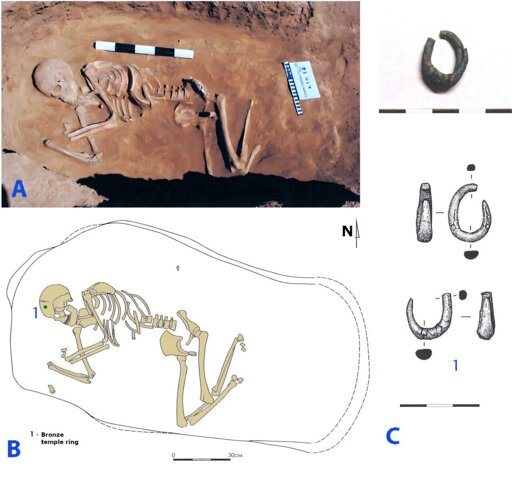- cross-posted to:
- archaeology
- cross-posted to:
- archaeology
The title is a bit clickbaity but the article is interesting. Quick summary:
A new ancient population was recognised, based on genetic data. This population has been called the Caucasus-Lower Volga population, or “CLV”. They were from 4500~3500BCE, tech-wise from the Copper Age, and lived in the steppes between the North Caucasus and the Lower Volga. .
About 80% of the Yamnaya population comes from those people; and at least 10% of the ancestry of Bronze Age central Anatolians, where Hittite was spoken, also comes from the CLV population. The hypothesis being raised is that the CLV population was composed of Early Proto-Indo-European speakers (the text calls it “Indo-Anatolian”).



Those findings from the Uni of Vienna (UW) conflict with some insights from the Max Planck Society (MPS), based on their Bayesian phylogenetic analysis, and agree with others:
Personally I’m not surprised. The further someone tries to fix the oddities of Proto-Indo-European, the closer its phonology resembles the Northwestern Caucasian languages, and to a smaller degree the Northeast and Kartvelian ones. Almost like they were sharing areal features:
And while I’m going to say is just conjecture from my part, it’s possible that the vertical vowel system had three vowels, and one of those either merged with *e or got deleted depending on the environment. That would make it even more similar to NW Caucasian languages like Adyghe and Ubyx.